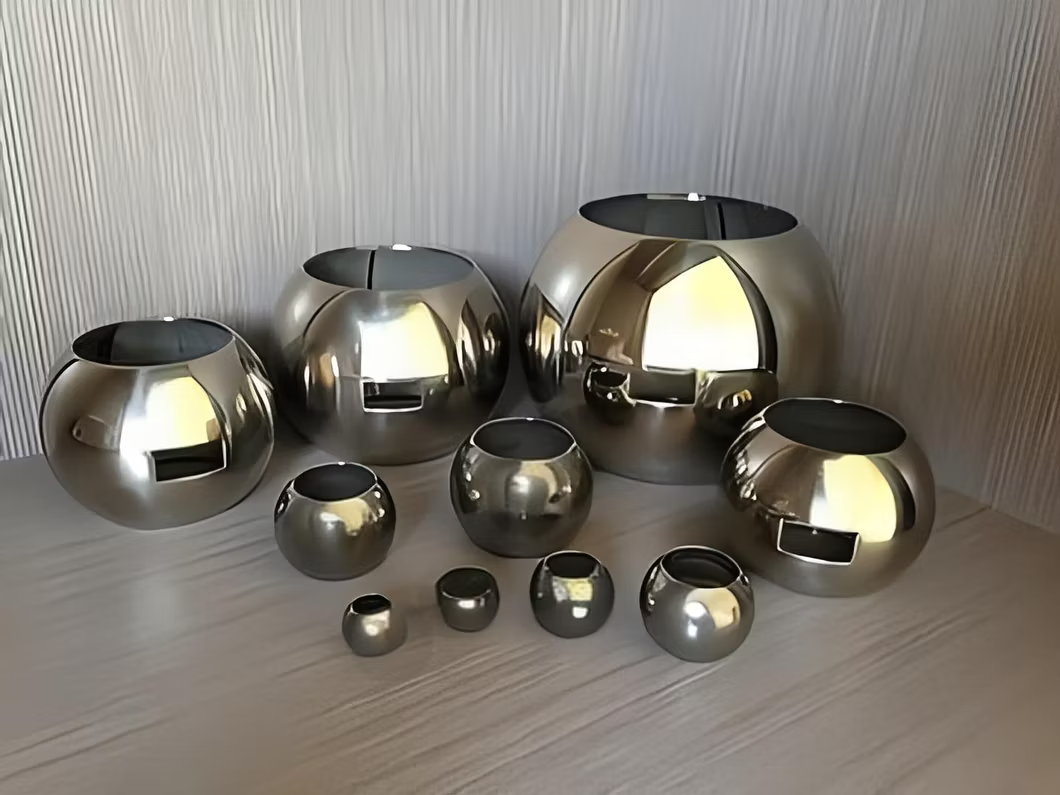Basic Info.
Product Description

A high-pressure forged ball valve is a type of industrial valve designed to control the flow of fluids in high-pressure applications. These valves are typically used in industries such as oil and gas, petrochemical, power generation, and refining, where reliable performance under high-pressure conditions is essential.

Construction: High-pressure forged ball valves are typically made from forged materials, such as forged steel or forged stainless steel. This forging process results in a stronger and more durable valve body capable of withstanding high pressures.
Design: These valves feature a ball with a hole (port) through the center that can be rotated to control the flow of fluid. When the ball is rotated so that the port is aligned with the flow, the valve is open, allowing fluid to pass through. When the ball is rotated to block the port, the valve is closed, stopping the flow.
Pressure Rating: High-pressure forged ball valves are designed to handle pressures much higher than standard ball valves. They are available in various pressure ratings, such as Class 1500, Class 2500, or even higher, depending on the specific requirements of the application.
Sealing Mechanism: The sealing mechanism of a high-pressure forged ball valve typically consists of seats that form a tight seal around the ball when the valve is closed. This ensures leak-tight shut-off even under high-pressure conditions.
high-pressure forged ball valves are reliable, durable, and well-suited for applications requiring precise control of high-pressure fluids. They offer superior performance and safety in demanding industrial environments.

They Utilize a hollow ball that rotates allowing a flow through it when aligned and stops the flow when it is in a closed position. A quick 90 Degree turn of the handle is all that is needed to fully open or close the valve flow.
When the handle is parallel and in-line with the pipe, then the valve is open. When the handle is perpendicular and at right angles to the pipe, then the valve is closed. It is this 90° turn either clock wise or anti-clockwise to open or shut the flow of the valve ,that led them to also be known as quarter-turn valves.
The valve has an internal rotary ball with a hollow bore running through the center. This Inner ball is connected to the handle via a stem. So by turning the handle the ball rotates and when the hollow bore is aligned with the pipe and the in same direction as the flow, then the flow is open, and when the bore is perpendicular to the flow, then flow is shut off.

Material: forged steel
Connector: high pressure ball valves with compression fitting light and heavy series, BSP thread, NPT thread, welding end and welding taper, UNC/UNF female thread, bulkhead connection, plug-in socket und plug nipple, Thread connection
Description:
- Dimensions: DN10 to DN50
- Body: body: free cutting steel, heat treatable steel, S355J2G3, ball + stem: free cutting steel, stainless steel (1.4571/316Ti)
- Sealing: plastics, Metal
- Pressure range: up to PN500
- Temperature range: standard: -20°C to +60°C (-4 to +140°F)
- Surface: black oxide finishing, chrome-VI-free, varnished
- Field of application: hydraulics, paint industries, steam, thermo oil, industrial plants, shipbuilding, paper industry (Coating seals and body materials adapted to application)


















